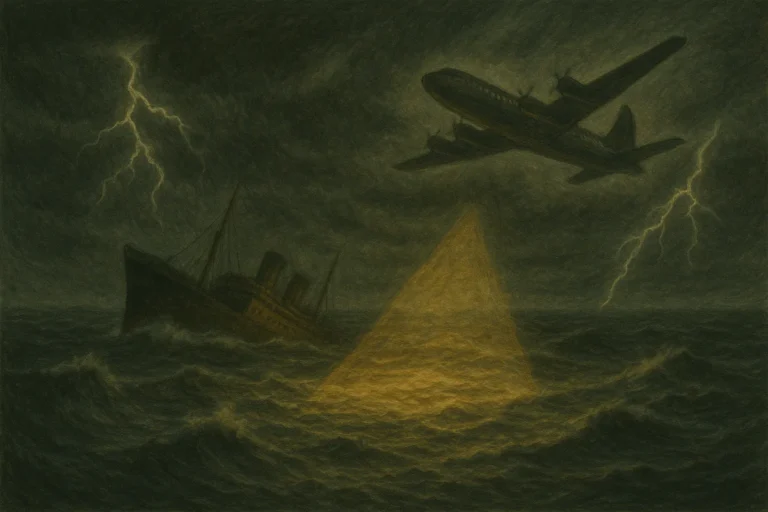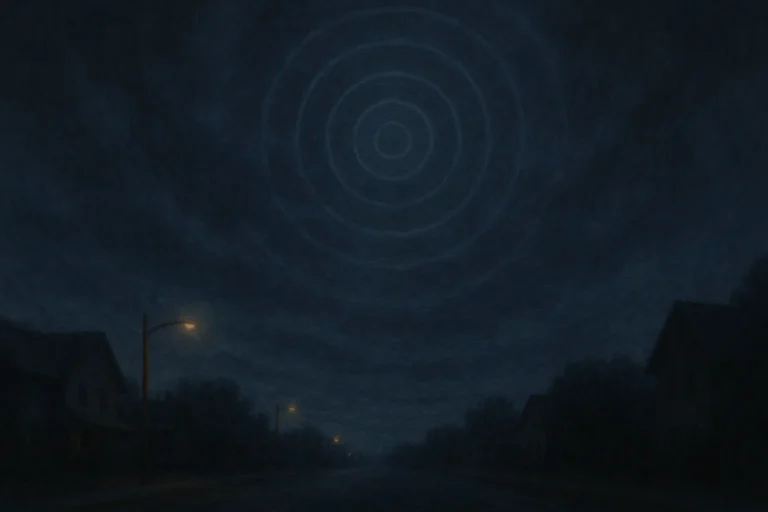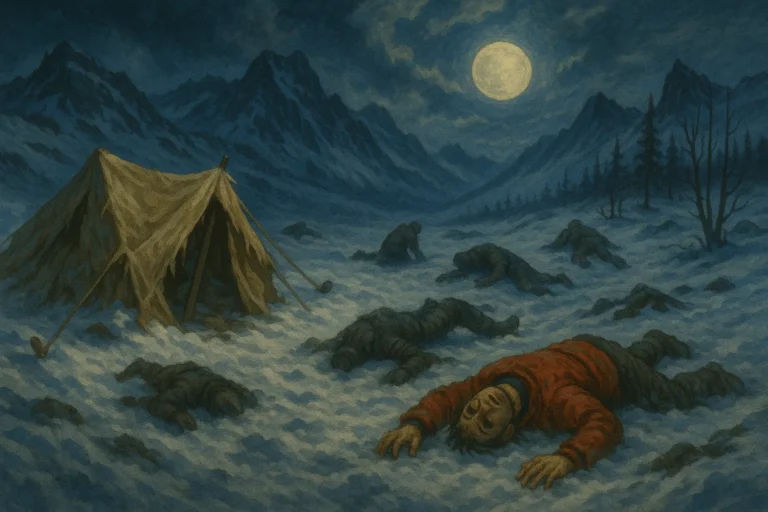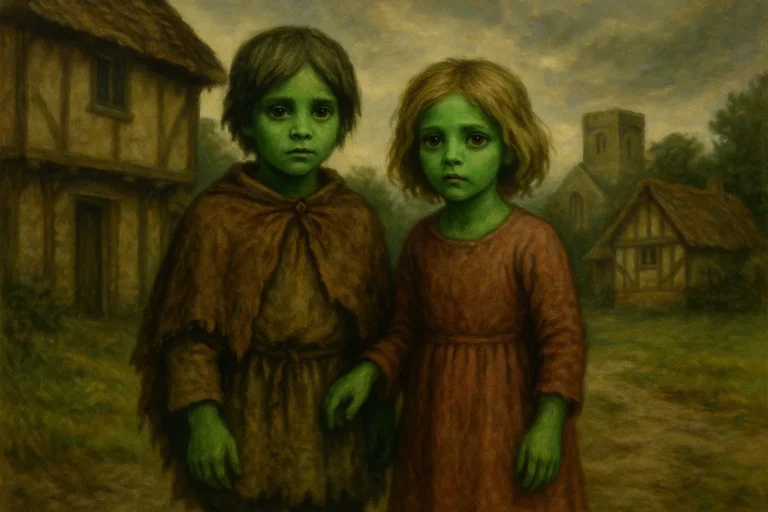Time Slips: Stepping Into a Different Era
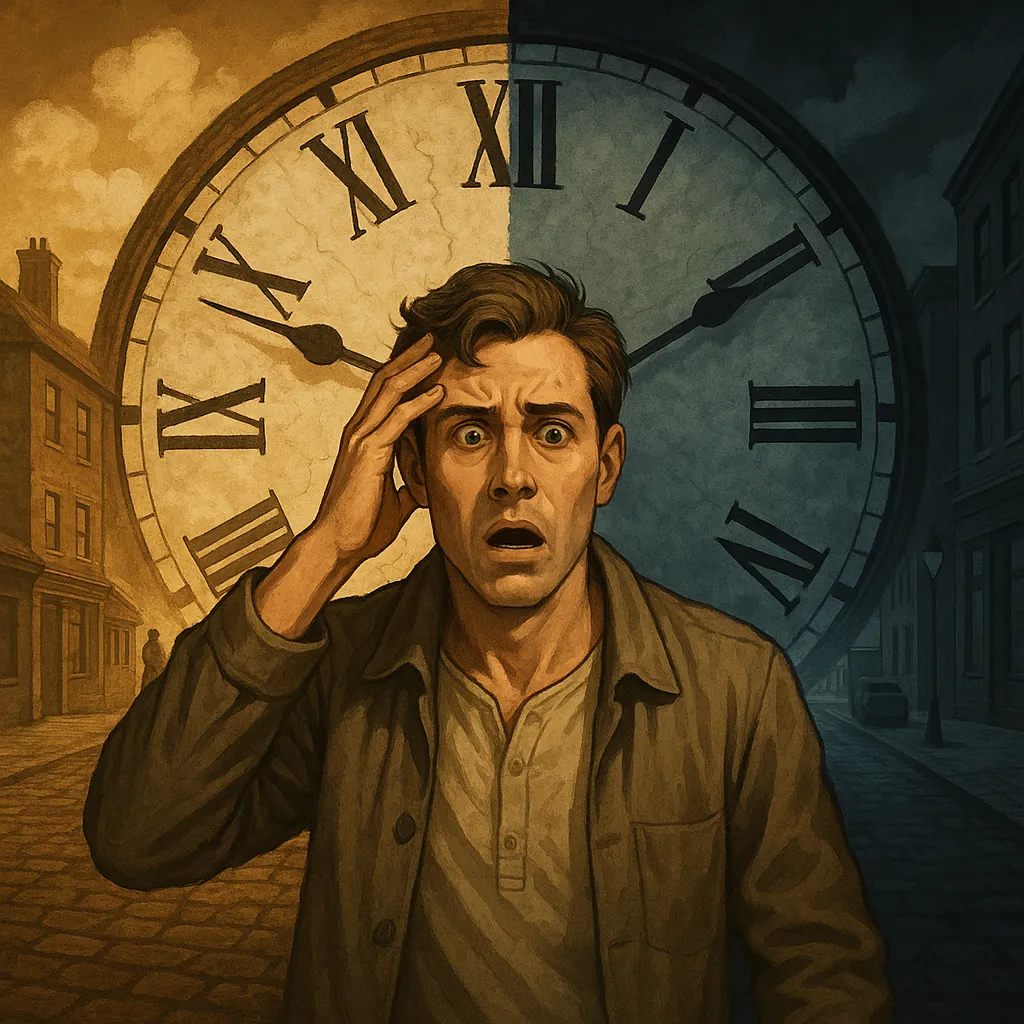
You’re walking through a quiet village, one you’ve never visited before. The air feels strangely still. You notice people dressed in old-fashioned clothes, speaking in clipped, unfamiliar accents. A horse-drawn cart passes by. The buildings look… different. Then, just as suddenly as it began, it’s over. The street is bustling again, full of modern cars and neon lights. Everything is back to normal — except for the lingering sense that you just walked through another time.
This is the essence of a time slip — a strange and fleeting experience where individuals report stepping, briefly, into the past or future. Often vivid, sometimes terrifying, these incidents defy easy explanation. Are they hallucinations, elaborate daydreams… or evidence that time isn’t as linear as we think?
🧥 The Versailles Encounter
One of the most famous time slip cases occurred in 1901, when two English academics, Charlotte Anne Moberly and Eleanor Jourdain, visited the Palace of Versailles in France. While exploring the gardens, they suddenly felt a shift in the atmosphere. The air grew heavy, the light dimmed, and the surroundings took on a dreamlike quality. They saw people in 18th-century clothing — a woman sketching on the lawn, men in tricorn hats. The whole scene felt surreal, almost staged.
Later, they realized the layout they’d wandered through didn’t match the current map of the gardens. They became convinced they had witnessed a glimpse of the past, specifically just before the French Revolution. Their account was published under pseudonyms in a book called An Adventure, sparking debate that continues to this day.
Skeptics argue they misinterpreted their surroundings or embellished the tale. But neither woman ever retracted her account, and both maintained they’d experienced something profoundly real. Could they have briefly stepped into 1789?
🏙️ The Liverpool Timeslip
Another widely discussed case involves a man named Frank, who in the 1990s claimed he was walking along Bold Street in Liverpool when he suddenly found himself in a version of the street from the 1950s or ’60s. He noticed cars that were decades out of date and people dressed in mid-century fashion. He entered a bookstore that hadn’t existed in that location for years — and when he turned to leave, everything reverted to the present.
Liverpool is now considered something of a hotspot for time slips. Other reports from the same area describe similar episodes — people briefly stepping into the past, experiencing old storefronts, hearing vintage music, and seeing figures from bygone eras who seem completely unaware of their presence.
What’s going on in this particular location? Is it a psychological effect, a kind of local collective memory? Or is something stranger at work?
👂 Sights, Sounds, and Sensations
What makes time slips so compelling is how detailed they often are. Witnesses don’t just see historically accurate settings. They hear sounds, smell scents, and feel textures that match the era they believe they’ve entered. The horse manure in the street. The musty air in a Victorian parlor. The faint crackle of an old phonograph. These aren’t the vague impressions of dreams — they’re full sensory experiences.
And yet, these incidents are fleeting. Most last only a few minutes, maybe even seconds. The shift back to the present is often jarring, with a sudden awareness that something just happened, even if you can’t explain what.
Could these moments be echoes of the past? Or slips in perception that momentarily trick the brain into constructing an entire alternate reality?
🧬 Theories and Speculations
There’s no single explanation for time slips, but a few leading theories attempt to make sense of them.
One idea suggests that time is more fluid than we realize — that it doesn’t flow in a straight line, but rather exists all at once, and occasionally we bump into another layer. This theory is often tied to quantum physics, particularly the concept of multiple dimensions or parallel timelines that exist simultaneously alongside our own.
Another possibility is that time slips are a kind of residual energy imprint. This is similar to the “stone tape” theory in paranormal circles — the idea that intense emotional events leave an energetic mark on a location, which can sometimes be replayed like a recording. But unlike a ghost sighting, a time slip might involve stepping fully into that recorded moment.
Skeptics lean toward psychological explanations. They suggest that stress, fatigue, or even strong emotions might trigger a vivid mental reconstruction of the past — a moment of historical fantasy so intense it feels real. Others point to false memory, déjà vu, or even localized electromagnetic fields disrupting brain activity.
Yet despite these explanations, many time slip witnesses insist they weren’t dreaming or hallucinating. They say what they saw was real — and some are able to verify later that the things they witnessed were historically accurate in ways they couldn’t have known at the time.
🔮 The Future Slips
While most time slips involve the past, there are rarer accounts of people catching glimpses of the future.
In one case, a woman reportedly found herself standing on a city street she didn’t recognize. The buildings were unfamiliar, the fashion sleek and minimal. Silent vehicles zipped by with no drivers. She blinked — and the city was gone. Years later, while traveling to a different country, she walked into that very scene: the same buildings, the same skyline, the same cars.
Other accounts describe people hearing news broadcasts that haven’t happened yet, or having visions of cities that appear years later in exact detail.
Are these coincidences? Lucky guesses? Or moments where the veil of time briefly thinned?
🕰️ Echoes from Elsewhere
Time slips occupy a strange space between folklore, science fiction, and the paranormal. They’re not quite ghosts, not quite hallucinations, not quite dreams. They’re moments — slippery, vivid, often terrifying — that hint at the possibility that our understanding of time may be incomplete.
Could time, like space, be something we can wander through under the right conditions? Is it possible that our brains, or certain locations, act like tuning forks — briefly picking up on another frequency?
Maybe we’ll never know. Or maybe we already do — and just don’t realize it yet.
So the next time you find yourself somewhere unfamiliar, and the world suddenly feels off, take a look around. Listen closely. You might just be standing in another time.

